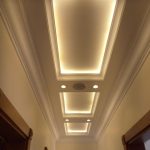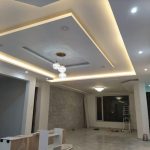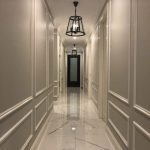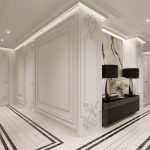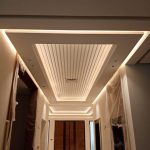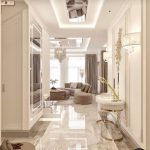Custom Solutions
- Home
- Our Services
- Custom Solutions
We will Help You to Get the Result You Dreamed of
1. Client consultation: Begin by having a detailed consultation with your client. Ask them about their desired aesthetics, functional requirements, budget, and any specific elements they would like to incorporate into the design. This will help you understand their vision and expectations.
2. Space analysis: Assess the space you’ll be working with. Consider factors such as the layout, dimensions, natural lighting, and existing architectural features. This analysis will help you determine the best approach for designing the space.


3. Concept development: Based on the information gathered from the client consultation and space analysis, develop a unique concept that reflects their vision. Consider elements such as color schemes, furniture styles, materials, and lighting. Create a concept that is tailored to their specific needs and preferences.
4. Detailed design: Once the concept is approved by the client, move on to the detailed design phase. This involves creating floor plans, selecting furniture, sourcing materials, and creating a cohesive design scheme. Pay attention to every detail to ensure a well-executed and personalized design.
5. Collaboration and feedback: Throughout the design process, maintain open communication with your client. Share design updates, seek their feedback, and incorporate their suggestions whenever possible. Collaboration ensures that the final design meets their expectations.
6. Project management: As the design progresses, manage the project effectively. Coordinate with contractors, suppliers, and other professionals involved in the implementation of the design. Monitor the progress, address any issues that arise, and ensure the project stays on track.
7. Final presentation and implementation: Once the design is completed, present the final concept to the client. Use visual aids such as renderings or 3D models to help them visualize the space. Upon approval, begin the implementation phase, overseeing the execution of the design to ensure it matches the agreed-upon concept.

Remember, a custom solution requires attention to detail, effective communication, and a deep understanding of your client’s needs. By tailoring the design to their preferences and providing a personalized experience, you can create a space that truly reflects their vision.

